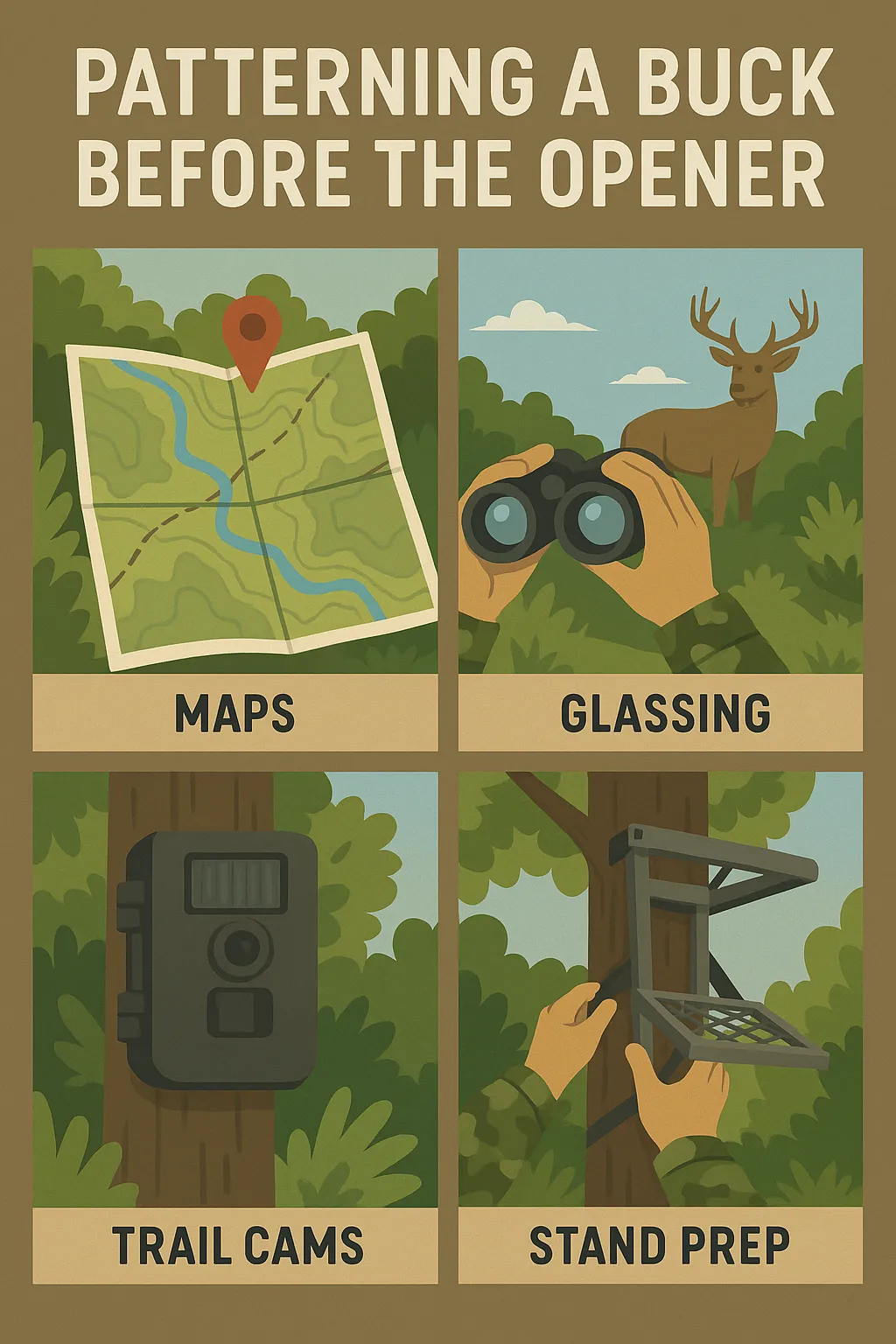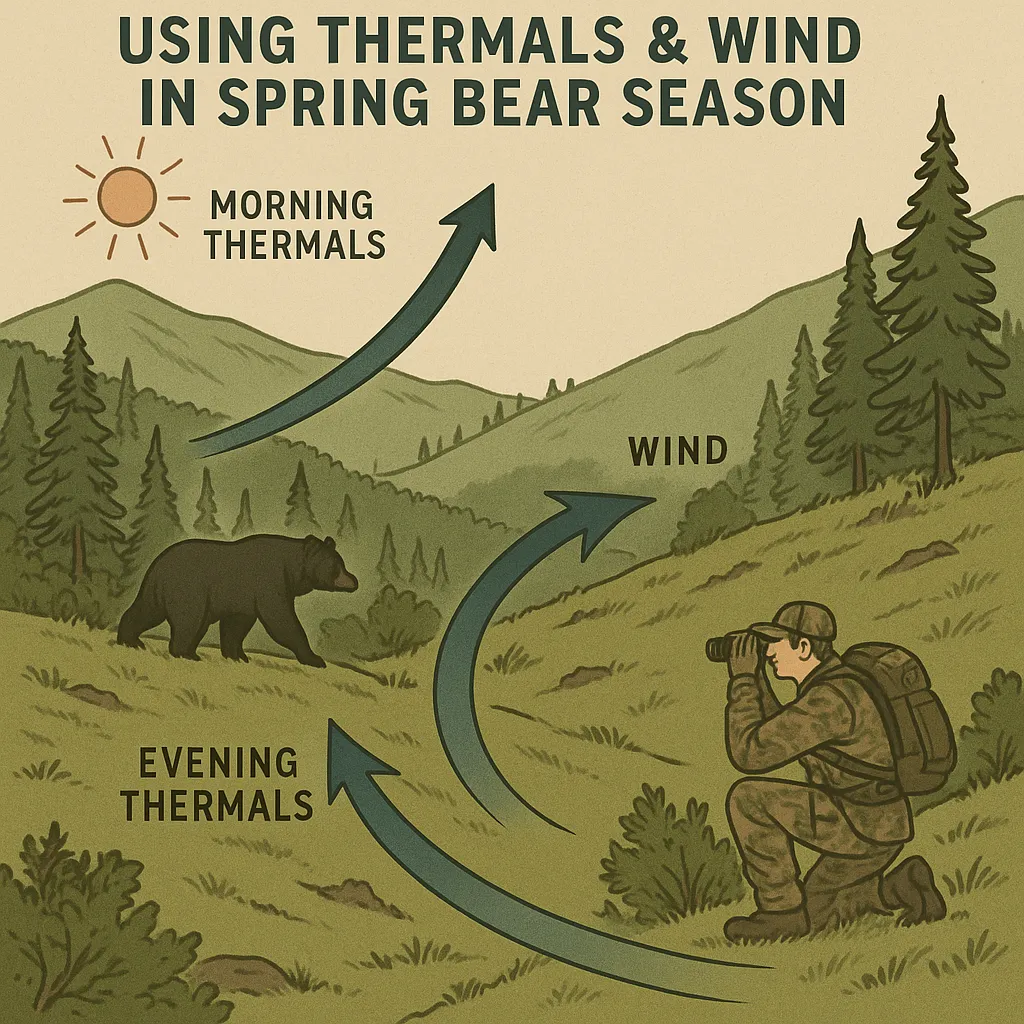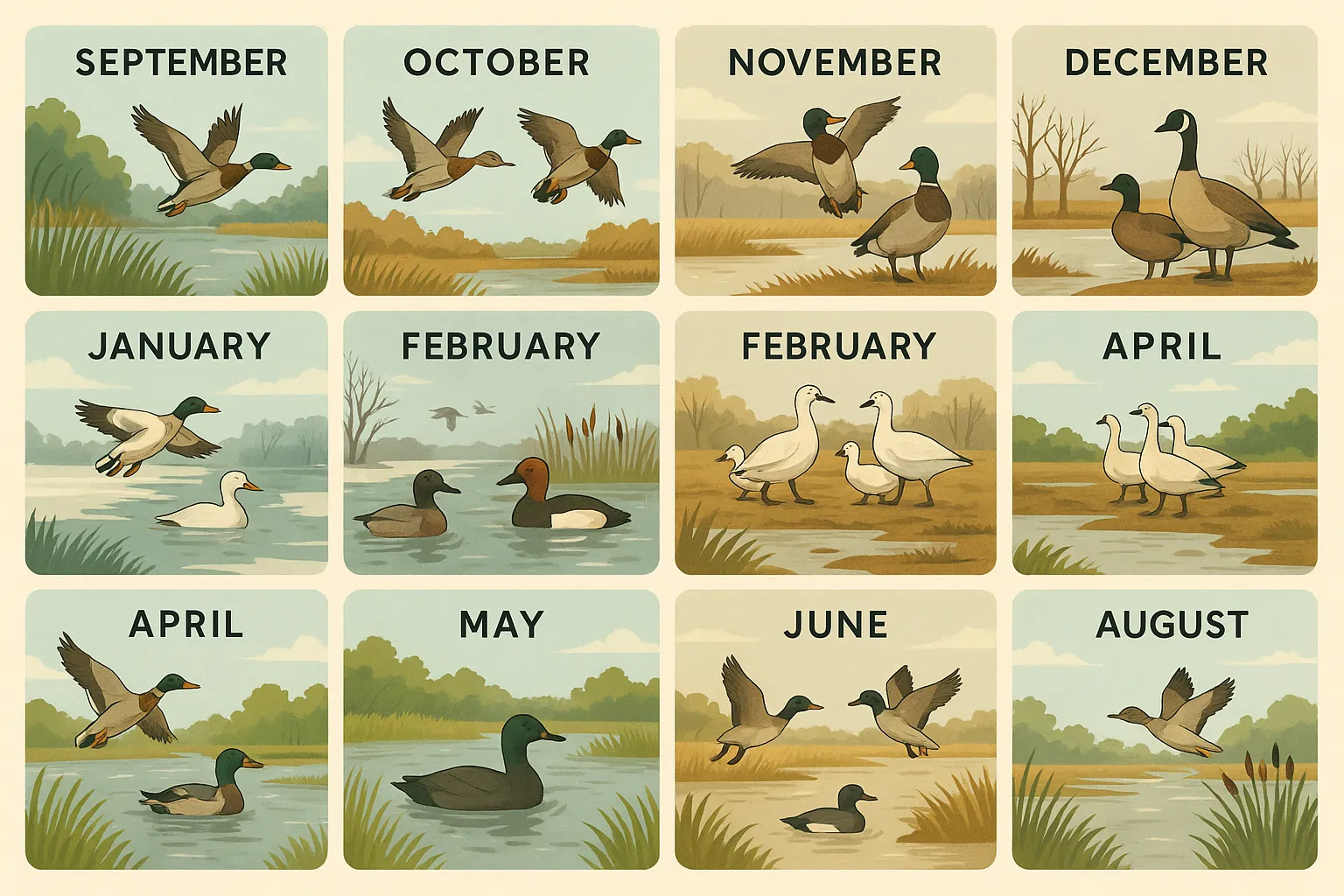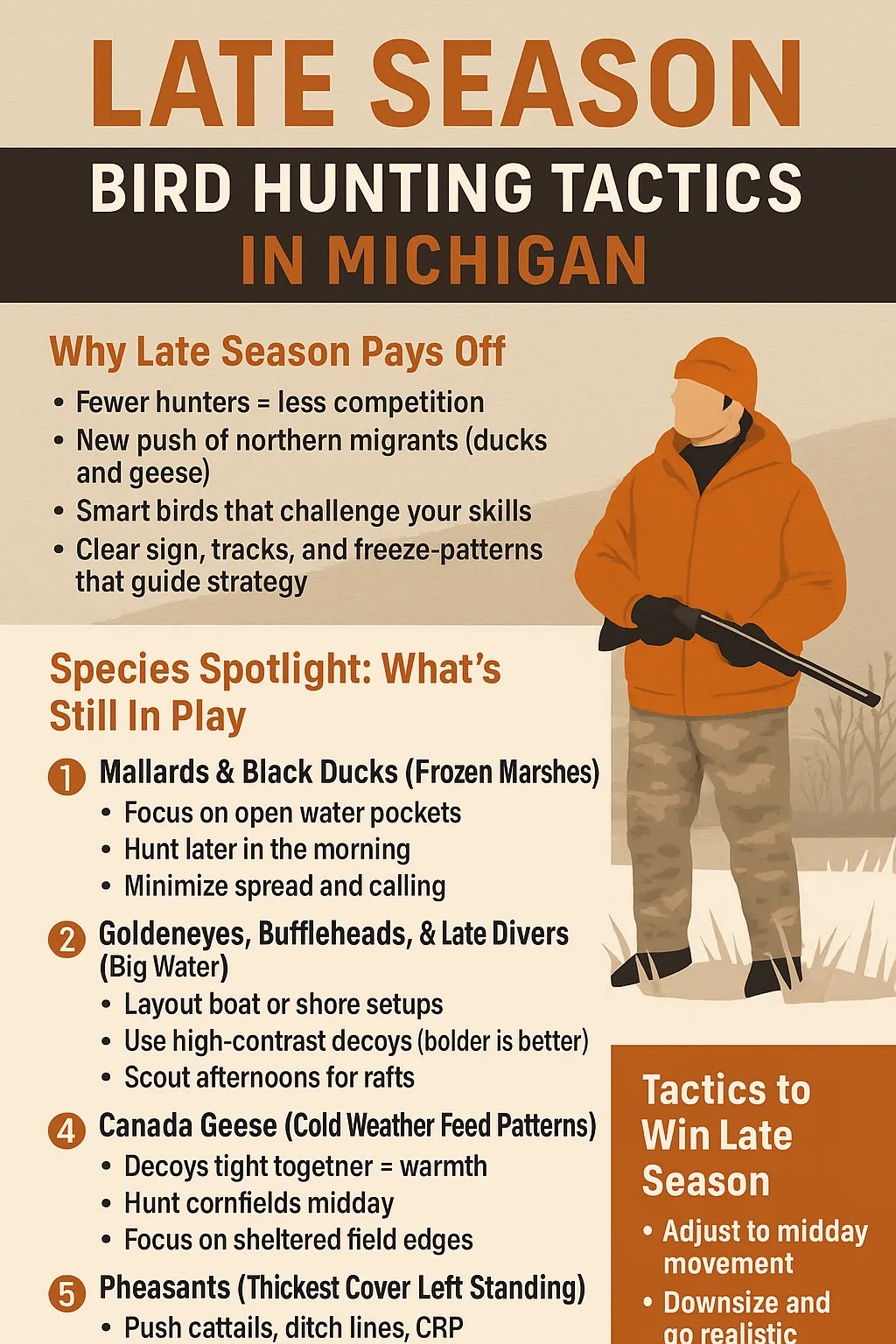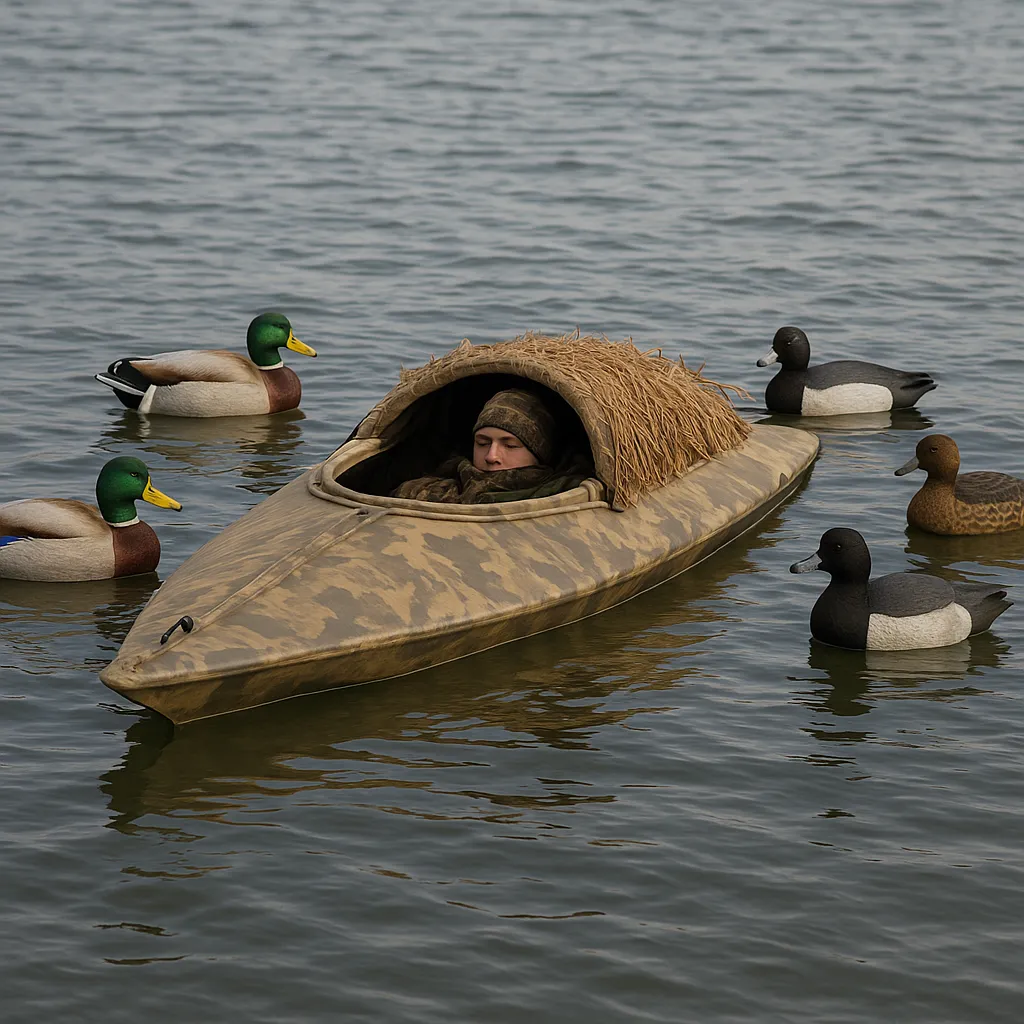
Coastal Hunts in Michigan
Where freshwater meets sky and reeds dance in the wind, Michigan’s coastlines offer one of the most thrilling and dynamic hunting experiences in the Midwest. From layout boats in Saginaw Bay to shoreline blinds along Lake Michigan, coastal hunts are a test of preparation, patience, and precision.
Why Coastal Hunting?
Michigan’s Great Lakes and inland shorelines deliver:
-
Epic diver duck and sea duck migrations
-
Layout boat and open-water hunting opportunities
-
Vast, pressure-light hunting zones
-
A rare chance to connect with raw, wild elements
Top Coastal Hunting Regions in Michigan
1. Saginaw Bay (Lake Huron)
-
Targets: Redheads, canvasbacks, scaup, goldeneyes
-
Tactics: Layout boats or long-line decoy rigs from anchored skiffs
-
Access: Linwood Marina, Quanicassee, Fish Point
2. Lake St. Clair Flats
-
Species: Mallards, teal, gadwall, and the occasional diver
-
Layout: Channels, cattail marshes, and open points
-
Bonus: High-density flight path during early and mid-season
3. Lake Michigan Bays & Shorelines
-
Focus: Muskegon Lake, White Lake, Pere Marquette River mouth
-
Species: Late-season goldeneyes and buffleheads
-
Best For: Cold-weather pushes and January split hunts
4. Upper Peninsula Shorelines
-
Spots: Little Bay de Noc, Keweenaw Water Trail, and Munuscong Bay
-
Species: Bluebills, long-tailed ducks, goldeneyes
-
Note: Wind, ice, and remoteness create challenges—and rewards
Tactics for Coastal Success
Scouting from Shore & Boat
-
Use binoculars and mapping apps to locate rafts of birds
-
Note feeding behavior, wind direction, and landing zones
-
Birds on big water need space—don’t crowd their flight paths
Layout Boat Essentials
-
Low-profile layout boats hide you on open water
-
Use long-line decoys in “V” or “J” patterns for divers
-
Stay anchored and let birds work naturally into your spread
Shoreline Blind Hunting
-
Brush blinds with lake reeds or driftwood
-
Place decoys in calm pockets with clear approach lanes
-
Hunt the leeward (downwind) side for better shooting angles
Gear Essentials
| Gear | Why It Matters |
|---|---|
| Layout boat or sneak boat | Essential for open water concealment |
| Long-line decoy system | Space-saving rig for divers on big water |
| Heavy-duty anchor & rigging | Safety and stability in waves |
| Waterproof blind bag | Protects calls, shells, and gear from spray |
| Neoprene waders or dry bibs | Stay dry when setting or retrieving decoys |
| Marine-grade GPS & map overlay | Navigate changing water safely |
| Thermos & handwarmers | Late season winds are brutal—stay sharp |
Pro Tips from Coastal Hunters
-
“Watch the wind. Coastal birds ride it hard—set up with crosswind lanes.”
-
“Use motion on calm days—divers need ripple and flash.”
-
“Low sun means tough shots—wear anti-glare lenses or shift position.”
-
“Don’t sky bust. Let the birds commit. Coastal birds circle wide but drop fast.”
Conservation Corner
Coastal hunts are sustained by:
-
Healthy wetlands and aquatic vegetation
-
Shoreline protection from erosion and development
-
DNR-managed access zones and waterway regulations
Support stewardship via:
-
Great Lakes Audubon Conservation Initiatives
-
Michigan Coastal Wetlands Restoration Programs
-
Ducks Unlimited Great Lakes Priority Areas
Conclusion: Wind. Water. Wings.
Coastal hunting in Michigan is not for the casual outdoorsman—it’s for the bold. It’s 4 a.m. boat launches, icy fingers on metal blinds, and the thunder of divers streaking low across the waves. It’s solitude and skill—where nature doesn’t just whisper, it roars. For those who prepare, adapt, and respect the water, coastal hunts offer a thrill unmatched anywhere inland.
“The birds come fast, the water’s cold, and the wind bites deep. But when a flock locks up over the bay, the wildness of it all makes the hardship worth every frozen finger and salty breath.”
Leave A Comment
Related Posts
Hunting Waterfowl in the Mississippi Flyway: Monthly Breakdown The Mississippi […]
Late Season Bird Hunting Tactics in Michigan The leaves have […]

